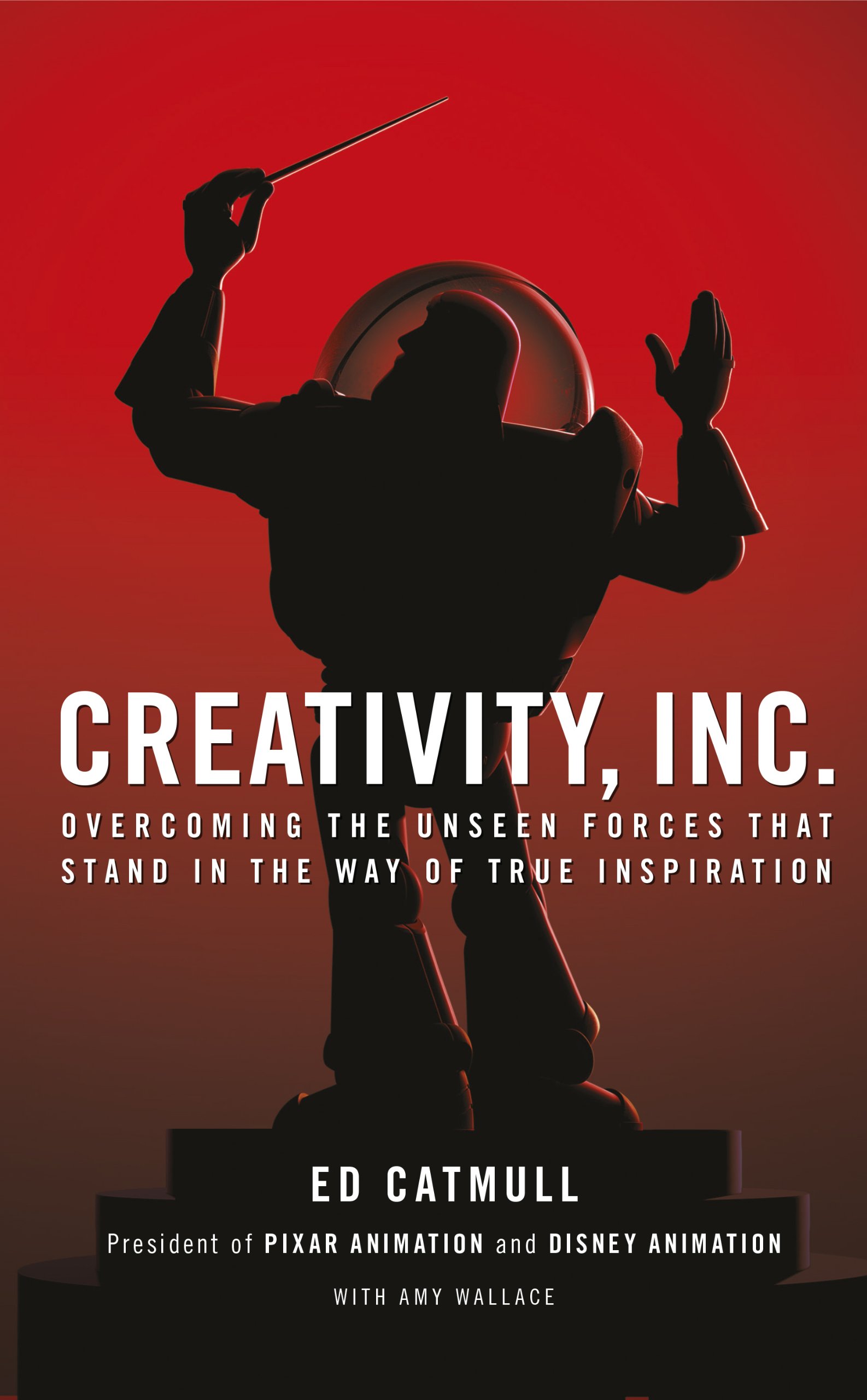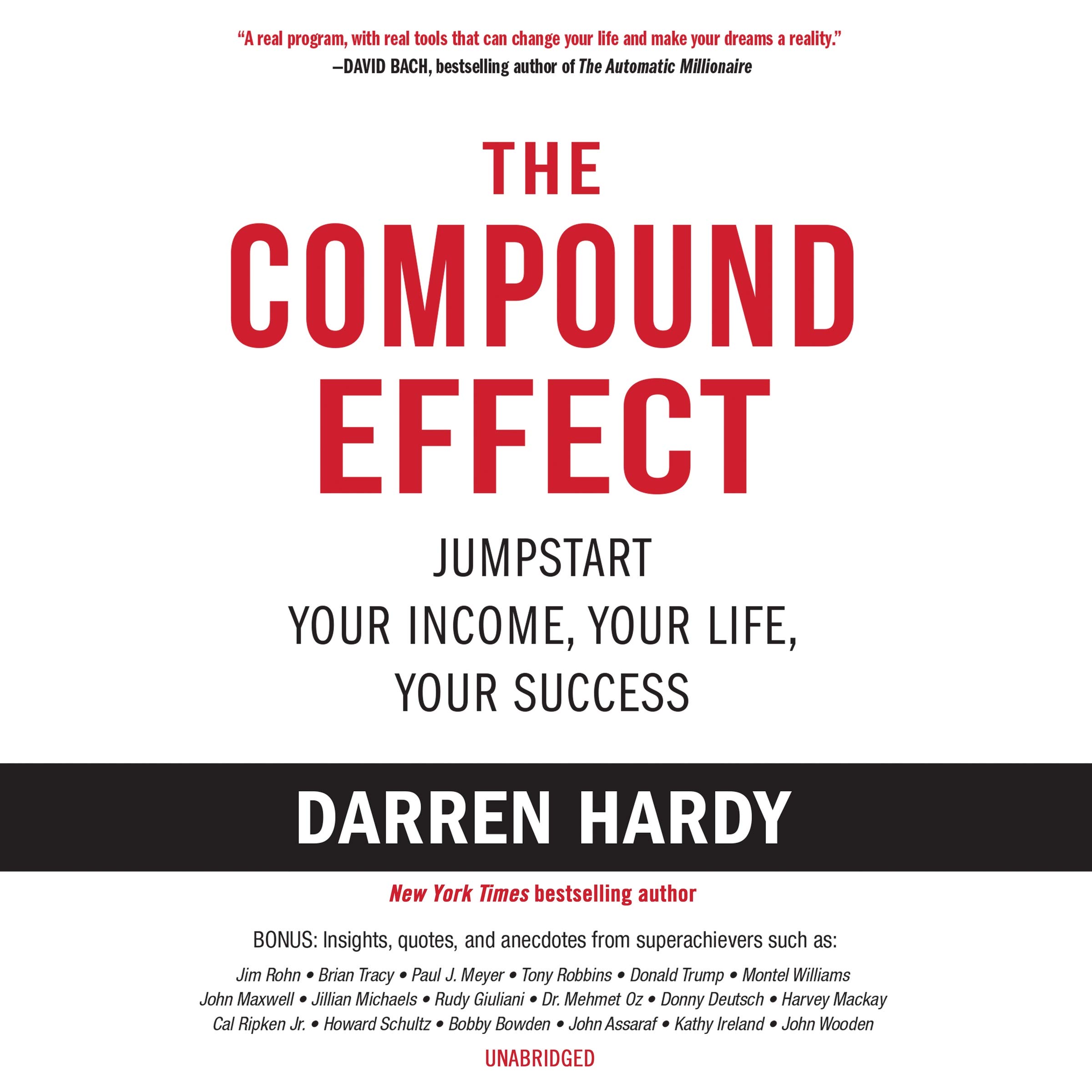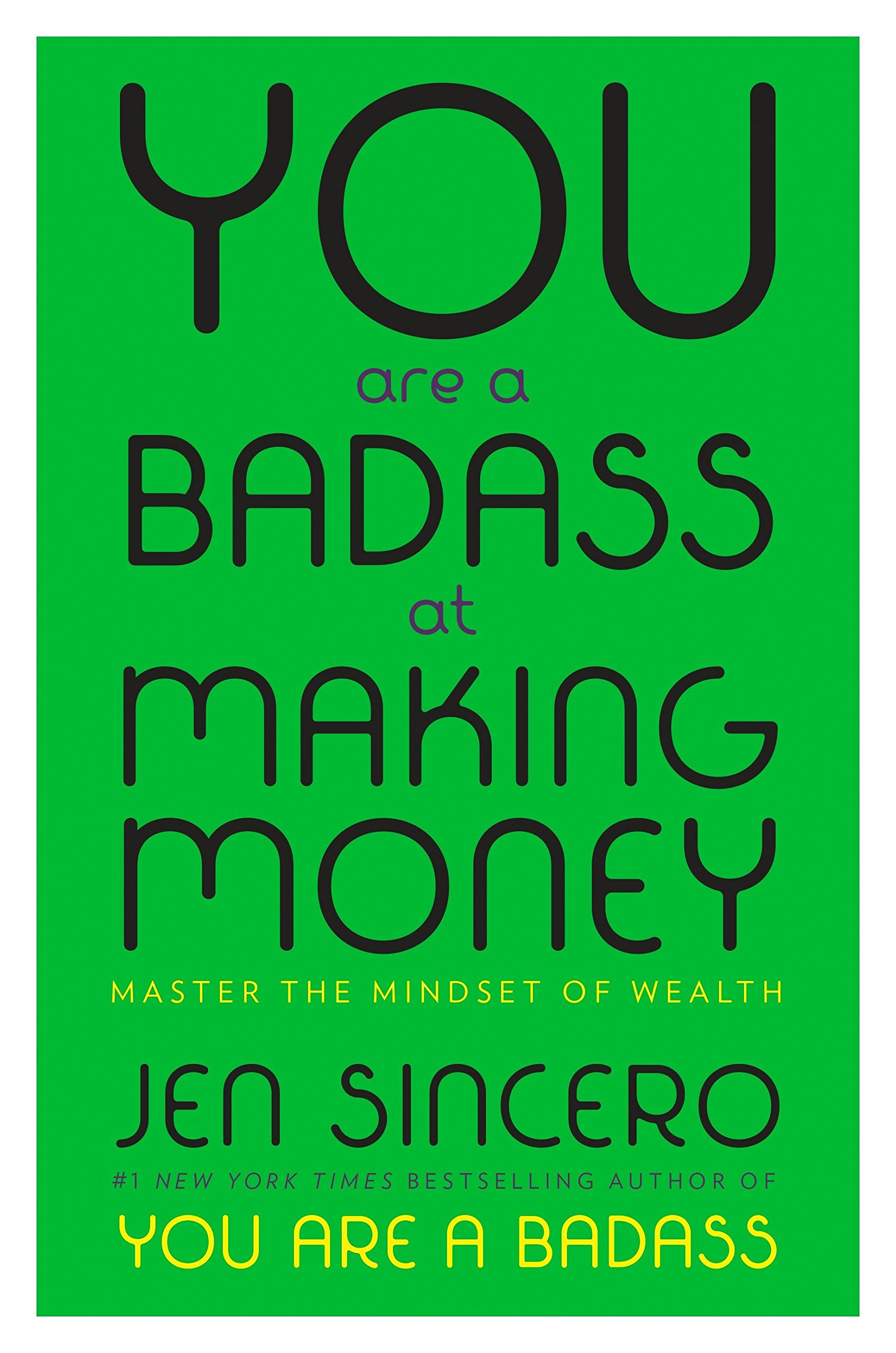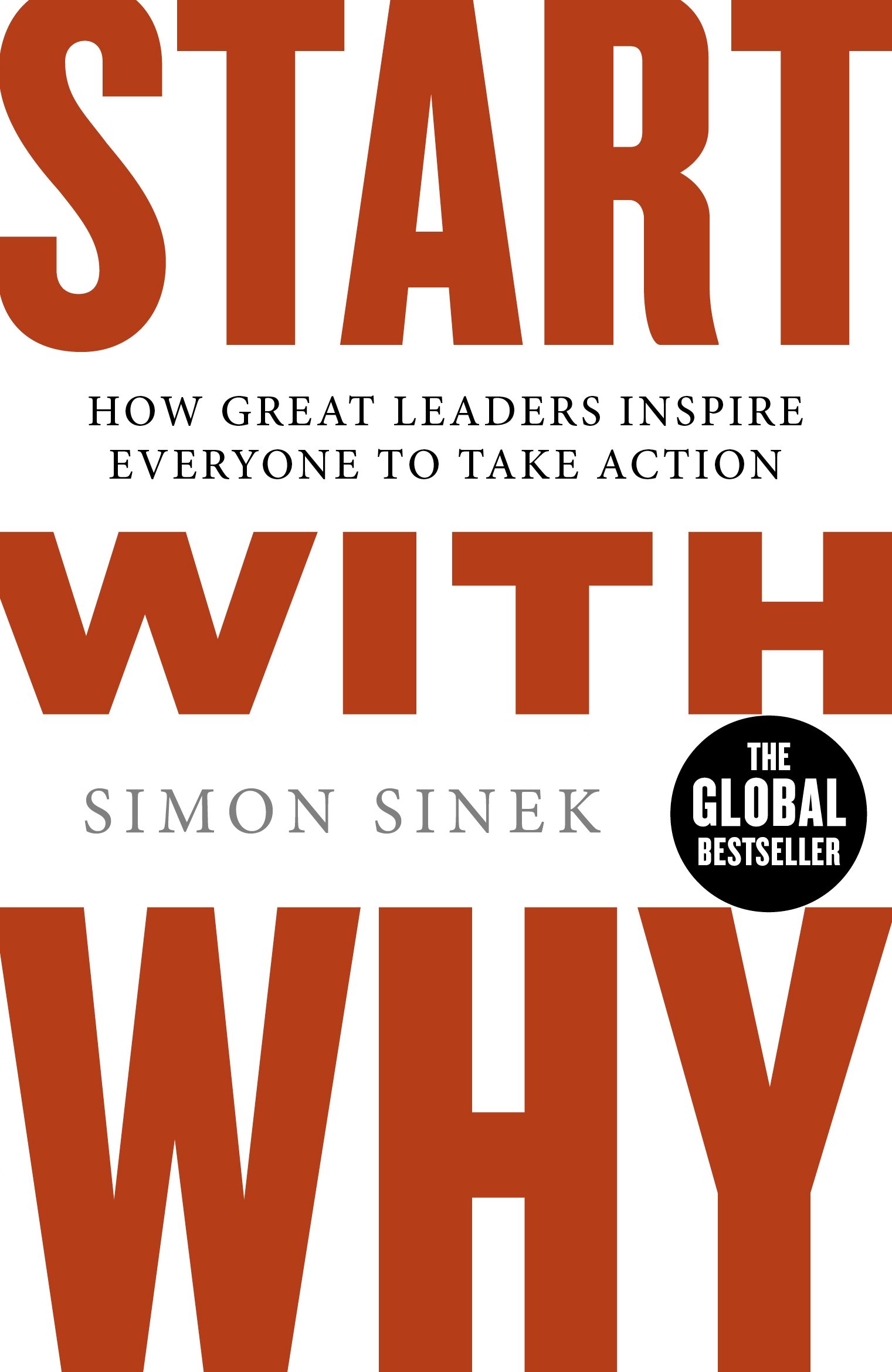How to breathe creative life into your organisation.
Creativity Inc. by Ed Catmull and Amy Wallace is about the ideas, management, and leadership behind Pixar, and more broadly about how to create a culture of creativity. One of the best leaderships I have ever read.
The key take home is that it takes a carefully designed of practices to develop a culture of creativity. It then needs a constants process of refinement and re-design to maintain that state.
Key points:
- Pixar had a “brain trust” that reviews all ideas/projects. Its (and more generally within the organisation) core theme is candor that people can talk to anyone openly and truthfully without feeling personally hurt. [This is closely related to the concept of radical truthfulness in Ray Dalio’s Principles.] It is similar to the concept that “you are not your project”.
- This is akin to the idea of an independent review group from Jim Collins’ Good to great.
- Building and maintaining candor is hard and must be actively worked at
- Need to seek out factors that impede candor (e.g. room layout for meetings)
- This is necessary to facilitate the best ideas getting through and prevent there being “more candor in the corridors than in decision making”
- All great products are bad at first. “Give a good idea to a mediocre team and they will screw it up. Give a mediocre idea fo a great team and it will be brilliant”
- Clearly emphasising the importance of both selection of individuals and just starting (see Eric Ries’ Lean Startup and/or several works by Seth Godin on this topic)
- Failure is part of the iterative process of trial and experimentation. Need a culture where everyone can “stop the assembly line” (and candor is necessary to facilitate this).
- A manager’s role is to make it ‘safe’ for risks to be taken for the above to work
- If you make everything run totally smoothly without any errors then it tends to stifle creativity
- It is much harder (& expensive) to go around trying to prevent errors, rather than empowering people to fix them when they happen
- If you are going to fail, aim to fail early (or at least quickly)
- A manager’s role is to make it ‘safe’ for risks to be taken for the above to work
- Change (and randomness) is inevitable and can be grounds for creativity
- This resonates with the concept of being open for serendipity, which is a common theme across many useful texts (e.g. Road less travelled by Scott Peck)
- However, at the same time, organisations are slow to move/change even when its wanted and everyone is on board
- Many important things within an organisation are hidden from its leaders, therefore you must actively seek them out
- “Notes day” was a single day with all Pixar staff to try and find solutions to difficult questions
- Made practical by asking someone to take ownership of implementation of ideas
- Needed massive buy-in of time/energy from top leadership
- Must be constantly aware of what is hidden due to hindsight and previous actions (as well as luck / randomness). For example, if you pursued project B instead of A, it is impossible to conclude that it was the correct decision to push forward on B.
- “Notes day” was a single day with all Pixar staff to try and find solutions to difficult questions
- Pixar do deep research trips prior to making films (e.g. Paris before Ratatouille) and usually don’t know what they are looking for when they go
- More generally: you don’t necessarily know what will help you until you find it
- Do post-mortems on projects, even though people (usually) hate them
- Getting out of the normal office environment for them is helpful, if possible
- The simple act of scheduling a post-mortem makes people think about the project’s success/failure and therefore most of the work is done before the actual meeting
- Your initial conclusions about success/failure are usually wrong; take time to evaluate the process
- Give people creative time (within their job) so that they can stay motivated/learning and the ‘start-up’ mentality.
- Think about how you think about (i.e. your “mental model”) for creation / discovering new things.
- For example, are new things simply generated from your thoughts, or (perhaps for a scientist) are they out there waiting to be discovered bit by bit (like an archeologist uncovering parts)
- Organisation/hierarchy is needed to make company work but this is not how communication should function
- I.e. anyone should be able to talk to anyone, at any time. [Again, similar to Ray Dalio’s “Idea meritocracy”.]
- Don’t feel forced to brief people about the contents of meetings before meetings , which obviously wastes time [see writings from Tim Ferriss for well articulated opinions on curtailing meetings].
- Problems should be shared with all employees to make them feel invested (and as though nil is being hidden)
- Engage with exceptionally hard problems to think encourage thinking differently; the best creative work comes from seemingly impossible circumstances
- If any single department’s agenda ‘wins’ within an organisation, the overall project suffers. For example, if the marketing department gets more priority, it typically means subtractions from elsewhere. Therefore, to achieve optimum balance on a project, no single group can totally win.
- Try to avoid a culture of: (i) being entitled to your level of performance, or (ii) meaningless attribution of terms such as ‘excellent’ to work; this must be constantly earned
As a clinician scientist, I feel that many of the broad leadership principles above are directly applicable to healthcare and the concepts around creativity are particularly relevant for scientific research. It is down to us to create a creative culture that can bring forward the most exciting ideas.
More books like this:
- The hard thing about hard things by Ben Horowitz
Useful links:
- Creativity Inc.’s website
- Here are one, two, and three further summaries/reflections on this book for comparison





2 thoughts on “Creativity Inc. by Edwin Catmull & Amy Wallace”
Comments are closed.